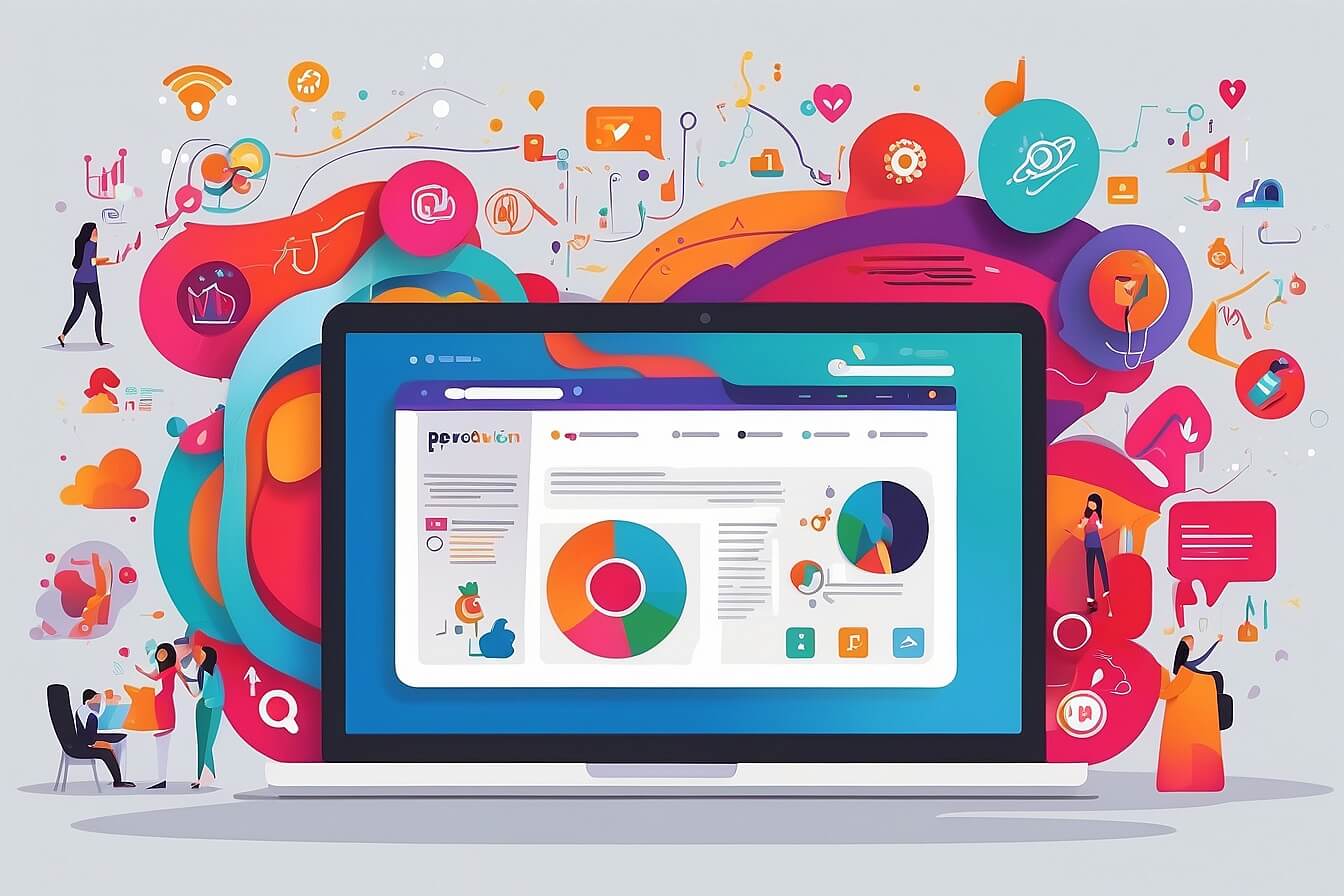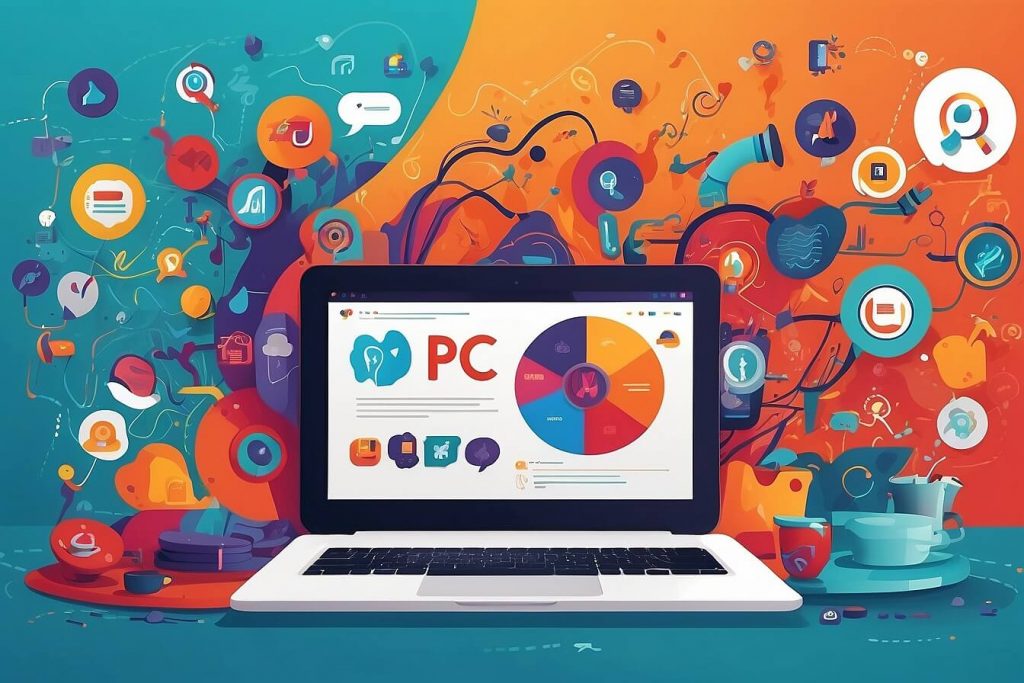The Future of Google Ads: Anticipating AI-Driven Innovations

The traditional approach to ad targeting relied heavily on demographic information such as age, gender, and location. However, this method often failed to capture the true interests and behaviors of individuals. This is where artificial intelligence (AI) comes into play, revolutionizing audience segmentation and enhancing ad targeting in unprecedented ways.
AI-powered algorithms can process vast amounts of data and analyze user behavior patterns to gain deeper insights into audience preferences and interests. By utilizing machine learning techniques, advertisers can now segment audiences based on their specific needs, preferences, and behaviors. This allows for highly targeted ad campaigns that deliver personalized messages to the right people at the right time. Moreover, AI can constantly adapt and refine segmentation based on real-time data, ensuring that advertisers are always reaching their target audience accurately.
Another key benefit of AI in ad targeting is its ability to automate the process and streamline operations. By leveraging sophisticated algorithms, advertisers can save time and resources that would have otherwise been spent manually analyzing data and creating target segments. With AI-driven automation, the process becomes more efficient, enabling advertisers to focus on other important aspects of their campaigns. Additionally, AI can help identify new customer segments that were previously unnoticed, opening up new possibilities for reaching untapped audiences and driving business growth.



